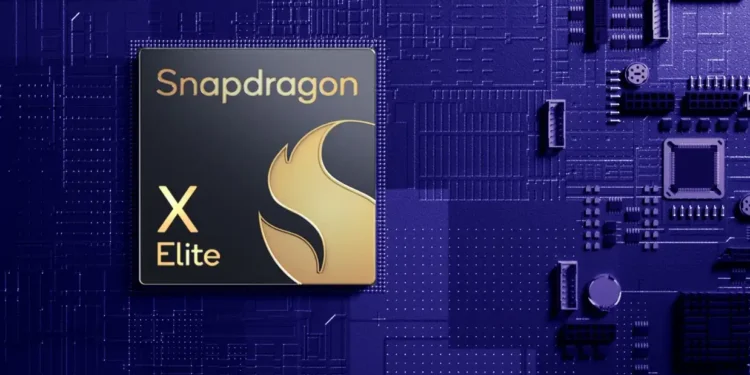The tech industry is witnessing an exciting phase with the arrival of advanced smartphone chipsets designed to cater to diverse user needs. The Snapdragon 8 Elite from Qualcomm and Google’s Tensor G4 are at the forefront, each offering unique advantages. This comparison delves into the nuances of these chipsets to help you decide which one might be the best fit for your next smartphone.
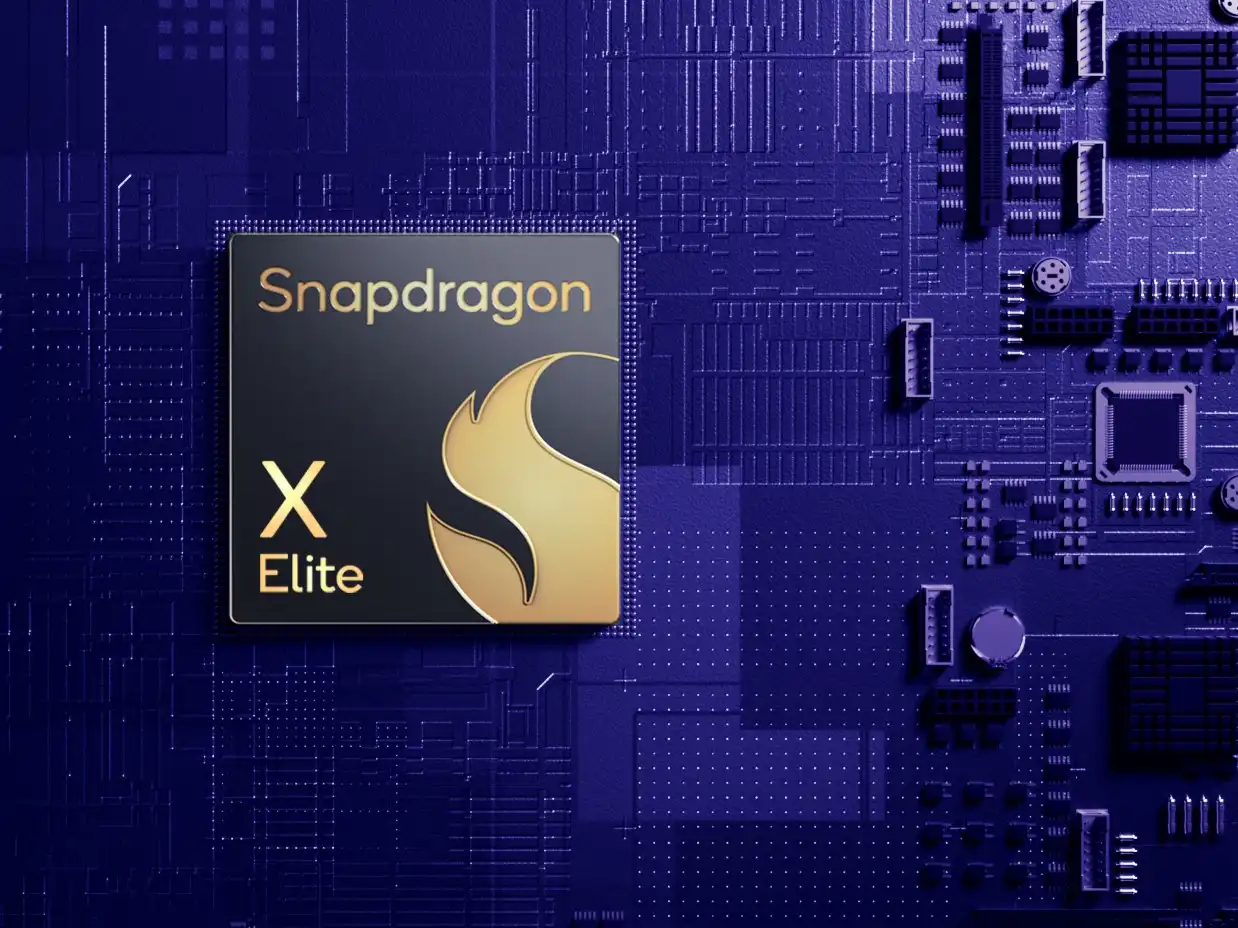
Qualcomm’s Snapdragon 8 Elite: Powerhouse Performance
Qualcomm has long been a leader in the mobile chipset industry, and its Snapdragon 8 Elite is a testament to its dedication to pushing the boundaries of mobile technology. The chipset is a marvel of engineering, boasting two high-octane 4.32GHz Oryon CPU cores and six additional cores clocking in at 3.53GHz. This configuration is designed for those who demand top-tier performance from their devices, whether for gaming, video editing, or other intensive tasks.
“Snapdragon’s new CPU is up to twice as fast,” notes Robert Triggs of Android Authority, highlighting the significant performance leap over its predecessors and competitors. The Adreno GPU further complements this, supporting ray tracing and advanced game engine features, making it an ideal choice for mobile gamers seeking the best visual experience.
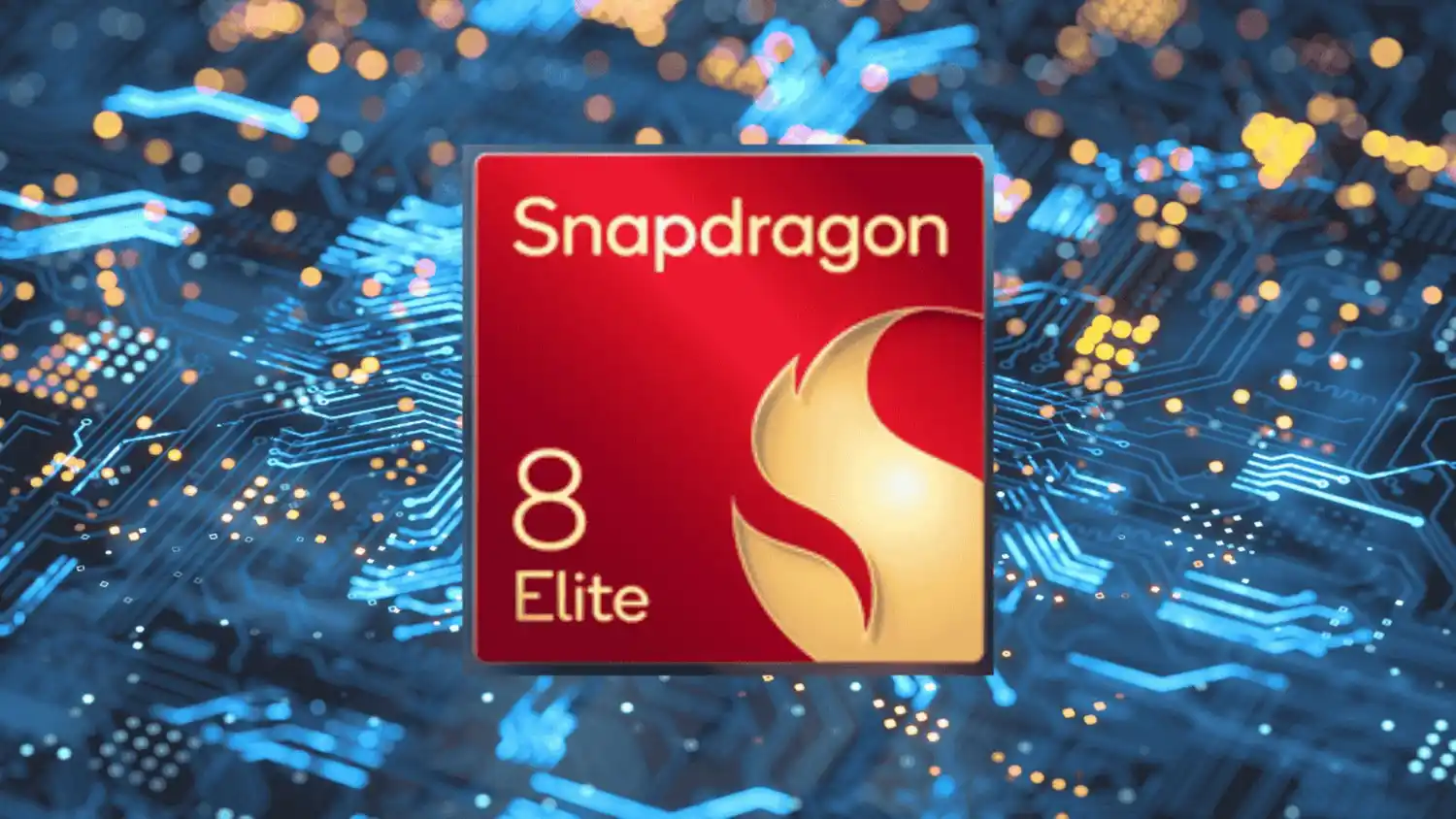
Google’s Tensor G4: AI and Efficiency Focused
On the other hand, Google’s Tensor G4 represents a different philosophy. It utilizes a mix of one Cortex-X4 and three Cortex-A720 cores alongside four A520 efficiency cores. While it may not match the Snapdragon in raw speed, it excels in AI-driven tasks and efficient power management. The third-generation Tensor Processing Unit (TPU) is designed to enhance Google’s computational photography and real-time AI applications, perfect for users who value smart features over sheer processing power.
Google’s approach is about adding value through software enhancements and specialized hardware that optimize the user experience. “Google’s Pixel series continues to leverage the Tensor chip’s capabilities to deliver unique features like Best Take and computational photography consistency,” Android Authority reports.
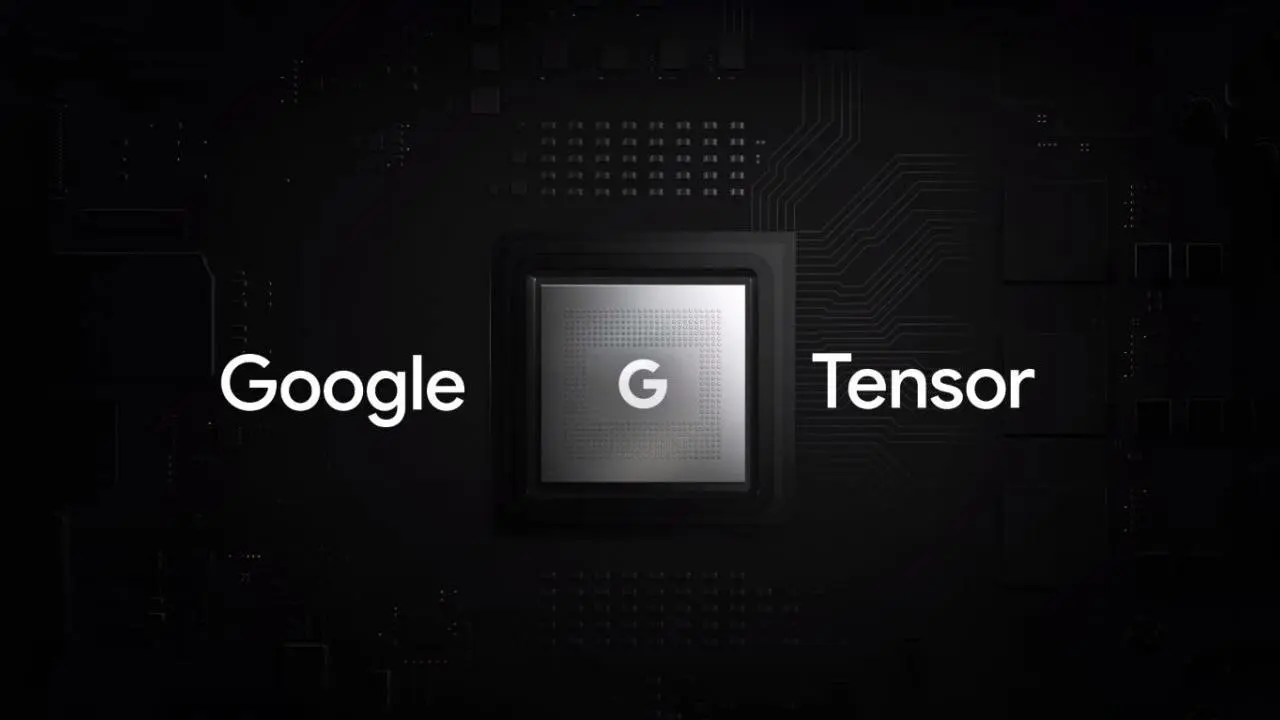
Connectivity and Future-Proofing
Both chipsets support the latest connectivity standards, including 5G (sub-6GHz and mmWave) and Wi-Fi 7, ensuring that users can enjoy fast and reliable internet connections. The inclusion of features like NTN (Non-Terrestrial Network) support also future-proof devices against upcoming innovations in satellite communication.
Qualcomm’s Snapdragon 8 Elite, however, includes additional perks such as Bluetooth 6.0 and Snapdragon Seamless tools, which might appeal to users with specific needs like high-quality wireless audio.
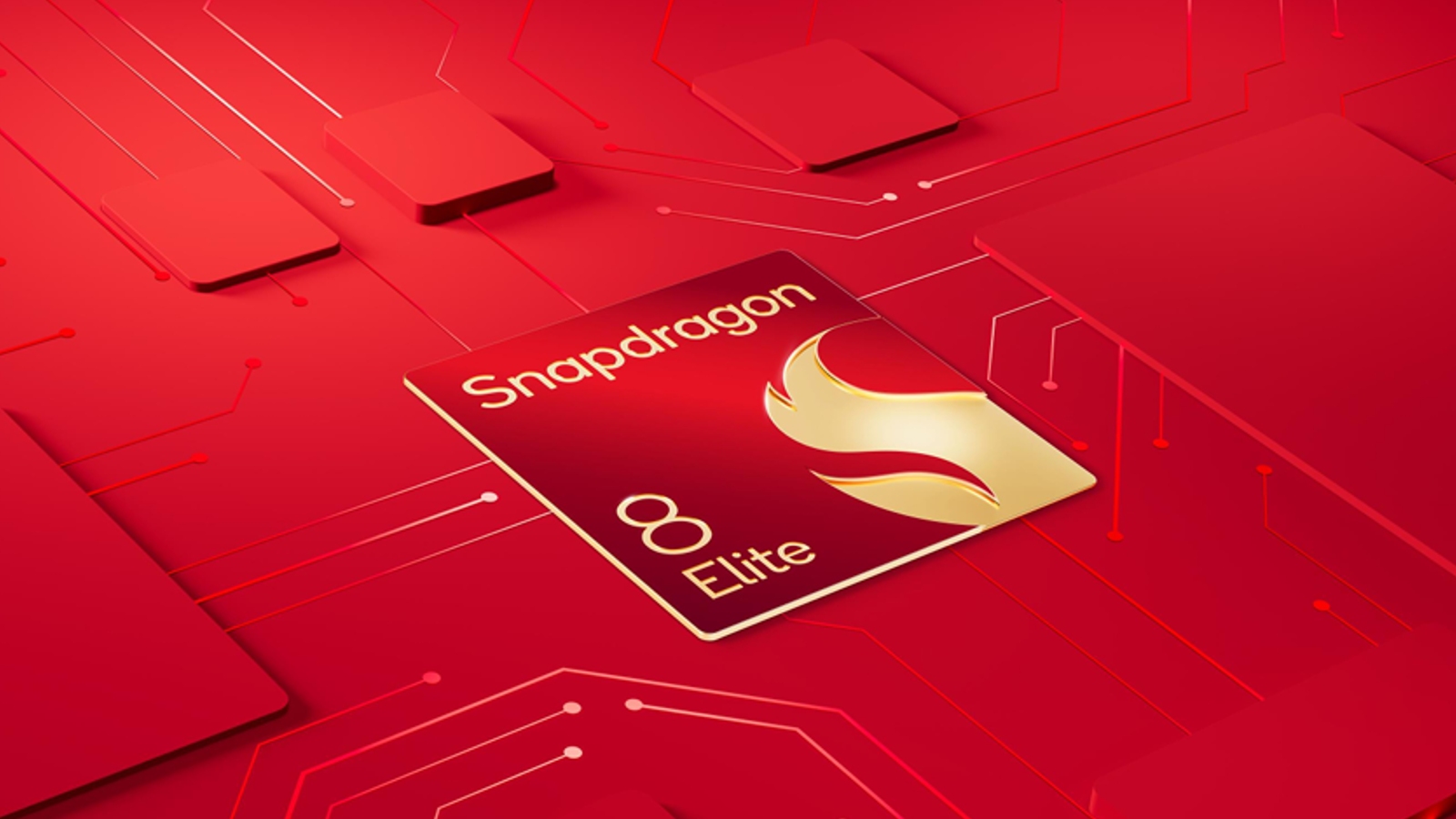
Longevity and Support
When it comes to long-term usability, Qualcomm assures an eight-year support period for the Snapdragon 8 Elite, which is an attractive proposition for users looking to keep their devices operational over a long period. This commitment is crucial in a market where frequent updates and support can significantly extend a device’s lifespan and improve its resale value.
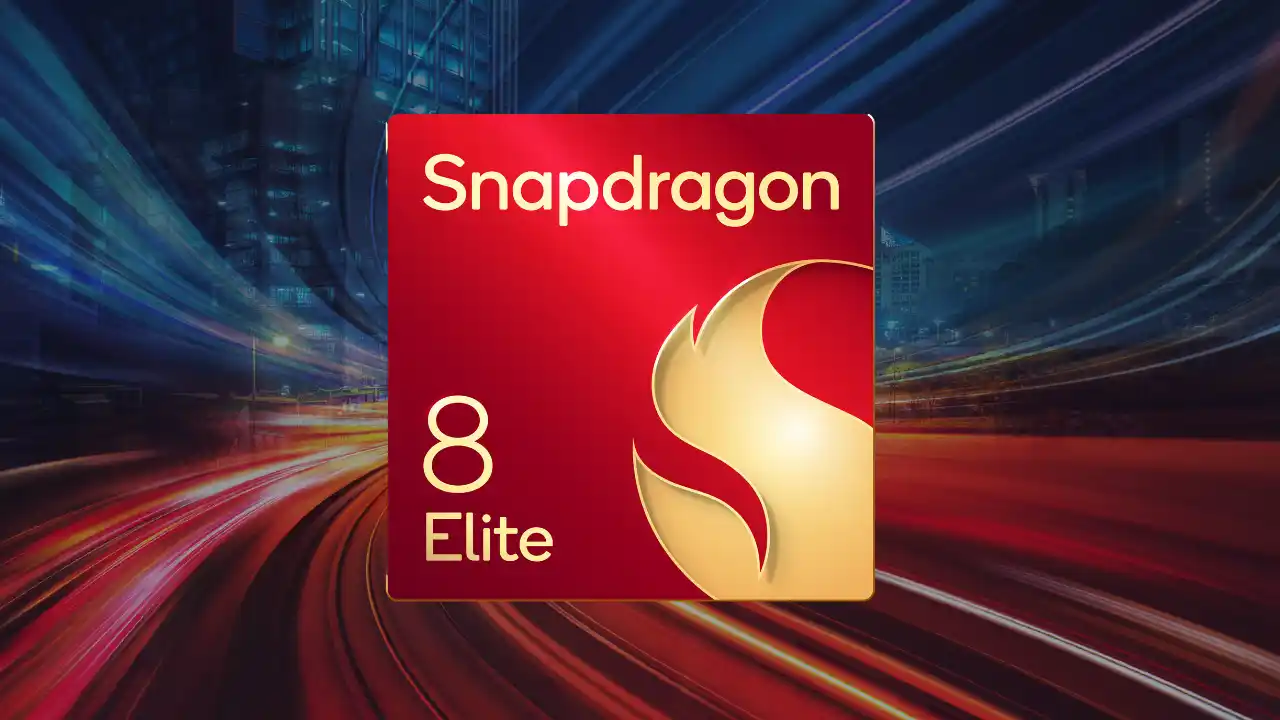
Making the Choice: Features vs. Performance
The decision between the Snapdragon 8 Elite and the Tensor G4 ultimately boils down to what users prioritize in their smartphones. If performance, especially for gaming and high-powered apps, is crucial, the Snapdragon is the unequivocal choice. However, for those who prefer innovative AI features and efficient performance, the Tensor G4 is more than adequate. “Snapdragon is the better chip, but updates, repairability, and other specs matter too,” Robert Triggs aptly points out, reminding us that the overall user experience is shaped by more than just the chipset.
As the smartphone landscape continues to evolve, the choice between high-performance and feature-rich platforms becomes more nuanced. Whether you lean towards the groundbreaking speed of the Snapdragon 8 Elite or the AI-smart capabilities of Google’s Tensor G4, both chipsets offer compelling reasons to be the heart of your next mobile device.

